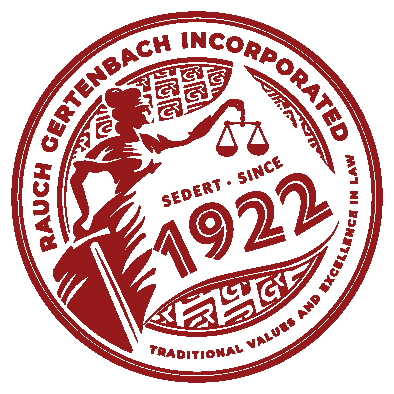Sponsored Content
BUSINESS NEWS - The business rescue process, as legislated under Chapter 6 of the Companies Act 71 of 2008 (“the Act”), provides for a critical mechanism for financially distressed companies in South Africa.
At the heart of this process lies a delicate but vital relationship, the collaboration between the Business Rescue Practitioner (“BRP”) and the company’s board of directors.
While the appointment of a BRP significantly alters the governance structure of the company, the Act envisages a collaborative approach between the BRP, the board of directors and pre-existing management.
This article explores the legislative framework that governs this relationship and unpacks the duties, rights, and practical challenges faced.
Legislative Framework: Chapter 6 of the Companies Act
The Act introduced the concept of business rescue into South African company law, aiming to provide a framework for the turnaround of financially distressed companies.
According to Section 128(1)(b), business rescue refers to proceedings designed to facilitate the rehabilitation of a company that is financially distressed by providing for:
- The temporary supervision of the company and its affairs;
- A temporary moratorium on legal proceedings against the company; and
- The development and implementation of a business rescue plan to restructure the company’s affairs, assets, equity, liabilities, and operations.
During business rescues, the BRP assumes full management control of the company as stipulated in Section 140(1)(a). However, the directors are not removed from office. Instead, Section 137 (2) ensures their continued involvement, albeit in a subordinate capacity.
Roles and Responsibilities under the Act:
1) Business Rescue Practitioner (BRP)
The BRP is empowered in terms of the Act to:
- Take full management control of the Company in substitution for its board and pre-existing management [Section 140(1)(a)];
- Delegate any power or function to a person who was part of the pre-existing board or pre-existing management of the Company [Section 140(1)(b)];
- Remove from office any person who forms part of the pre-existing board [Section 140(1)(C)(i)];
- Appoint a person as part of management, whether to fill a vacancy or not [Section 140(1)(C)(ii)];
2) Directors
Although their authority is curtailed during business rescue, directors retain several key responsibilities:
- They must continue to exercise the functions of a director, subject to the authority of the BRP [Section 137(2)(a)];
- Has a duty to the Company to exercise any management function within the Company in accordance with the express instruction or direction of the BRP [Section 137(2)(b)];
- Remains bound by the requirements as provided for in section 75 of the Act, which deals with aspects relating to directors’ personal interests [Section 137(2)(c)];
- Must provide the BRP with access to the company’s books, records, and any other relevant data [Section 142 (1)].
Collaboration in Practice
While the legal framework sets out a hierarchy, with the BRP assuming control, it also implicitly requires a collaborative approach to ensure the success of the business rescue. The directors’ industry knowledge, stakeholder relationships and operational expertise remain valuable assets.
Effective collaboration can occur in the following areas:
- Operational continuity: Directors assist in maintaining day-to-day functions and managing staff and suppliers;
- Development of business rescue plan: Directors assist the BRP in providing relevant information, specifically in relation to market insights and details pertaining to what will constitute an achievable turnaround plan;
- Implementation of business rescue plan: Directors can be tasked with executing aspects of the plan, under the BRP’s supervision (if necessary).
Challenges to Effective Collaboration
Despite legislative intent, practical collaboration between BRPs and directors is not always smooth. Common issues include:
- Power struggles between the BRP and directors who resists loss of control;
- Mistrust, particularly if directors are perceived to have contributed to the financial distress;
- Lack of legal clarity on operational boundaries.
Where such challenges arise, the success of the business rescue process can be compromised, potentially leading to the director being removed or the business rescue proceedings converted to liquidation.
Conclusion
The Act envisages a collaborative, yet controlled relationship between a BRP and directors. While the BRP has substantial authority, the Act does not displace directors entirely. Instead, it demands a cooperative partnership rooted in transparency, accountability, and a shared commitment to rescuing the business.
Where collaboration is managed effectively within the legal framework, the likelihood of a successful turnaround increases significantly.
However, where directors and BRPs fail to engage constructively, the process risks descending into conflict, inefficiency, and ultimately, business failure.
 Article written by Enrico Acker – Insolvency and Business Rescue Practitioner. For more information contact Enrico at 044 6019900 or enrico@rgprok.com.
Article written by Enrico Acker – Insolvency and Business Rescue Practitioner. For more information contact Enrico at 044 6019900 or enrico@rgprok.com.

‘We bring you the latest Garden Route, Hessequa, Karoo news’

















